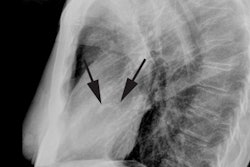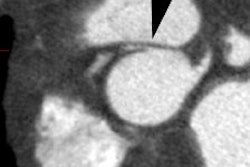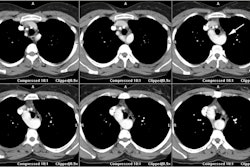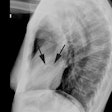Cardiac Pacing:
- Clinical:
In normal hearts with an intact conduction system, LV endocardial activation occurs 0-15 ms after the onset of QRS almost simultaneously in two areas- the mid septum and the anterobasal wall [2]. From here, it spreads briskly with a total endocardial activation time of 30-50 ms which results in synchronous mechanical contraction of all areas in the LV [2].The right ventricular apex has been the conventional site of lead placement for permanent pacing [1]. However, pacing from the RV apex initiates non-physiologic electrical activation of the heart resulting in asynchronous LV contraction and iatrogenic left bundle branch block [1,2]. This can lead to deterioration in LV systolic function (decrease in LVEF), mitral valve regurgitation, and CHF in the long term [1]. In pacing induced LBBB, the activation has to spread from right to left across the septum, which is slow, resulting in the earliest LV endocardial activation around 50 ms after the onset of QRS and hence, interventricular dyssynchrony [2]. From here, the activation spreads across the rest of the LV with a total activation time of around 80-90 ms [2]. Dyssynchrony in activation and subsequent contraction of the LV leads to heterogeneity of stretch and load conditions which can cause regional changes in myocardial perfusion [2]. In fact, RV apical pacing in patients with depressed LV function and paced QRS duration greater than 160 ms is associated with more than 50% probability of heart failure over a 2 year period [2].
Right ventricular outflow tract (RVOT) pacing has been suggested as a better site for pacer placement because activation from this site should bear resemblance to the normal pattern of LV activation from base to apex with more synchronized ventricular activation, less mitral valve regurge, and less detrimental LV remodeling [1]. The septal and posteroseptal RVOTs are relatively closer to the conduction system and therefore better pacing sites [2]. When the lead is implanted in the posteroseptal RVOT the QRS duration is narrower consistent with more physiologic and synchronous activation of the ventricles [2].
REFERENCES:
(1) J Nucl Cardiol 2015; Singh H, et al. Comparison of left ventricular systolic function and mechanical dyssynchrony using equilibrium radionuclide angiography in patients with right ventricular outflow tract versus right ventricular apical pacing: A prospective single-center study. 22: 903-911
(2) J Nucl Cardiol 2015; Kumar V. Location! The unanswered question in right ventricular pacing. 22: 912-915






